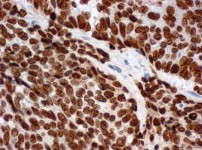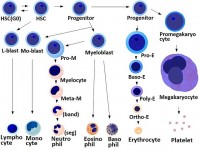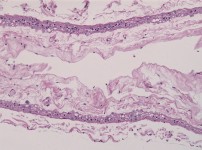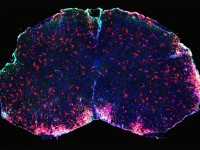How cancer viruses protect their host cells against tumor therapies

Certain types of human papillomaviruses (HPV) cause cervical cancer by settling in a body cell and inducing it to divide in an out-of-control process. Scientists at the German Cancer Research Center (Deutsches Krebsforschungszentrum, DKFZ) have now discovered a mechanism by which HPV protects cancer cells from undergoing DNA damage and dying as a result of cancer therapies.




